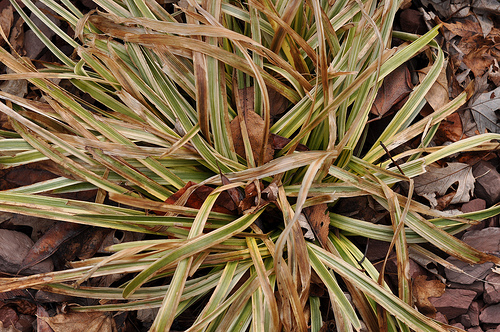Plants can be quite resilient. For many trees, shrubs and perennials, they can bounce back even after you prune away parts. In some cases, you can even cut them close to the ground and they will happily start growing again. In fact, they may need this step for proper health and growth. Cutting back perennials in your garden can help them succeed when done at the proper time. How far down you go down the stem depends on which species you are working with. Check online to see the proper procedures for your specific plant before you start trimming.
When Should You Be Cutting Back Perennials?
Some people choose to trim back their perennials in the fall. They do not want to see clusters of dead foliage in the garden. Pests and diseases can also hide away in these parts and survive through the winter. Check out this detailed list of perennials to cut back in the fall to see if your plants are on the list. On the other hand, depending on the plant, some foliage can provide winter interest along with food and shelter for wildlife and birds.
You can also do some cutting back of other perennials once the plant has gone dormant in winter. This helps maintain the health of the plant since it is not actively growing. Otherwise, plants may start sending out new growth in response to cutting that would be damaged when cold spells set in.
Finally, some perennials like ornamental grasses can be pruned back during early spring. This will help them have a nice clean start to the growing season.
When do you like to start cutting back perennials in your landscape?
Image by Ava R. under a Flickr Creative Commons Attribution-ShareAlike License



